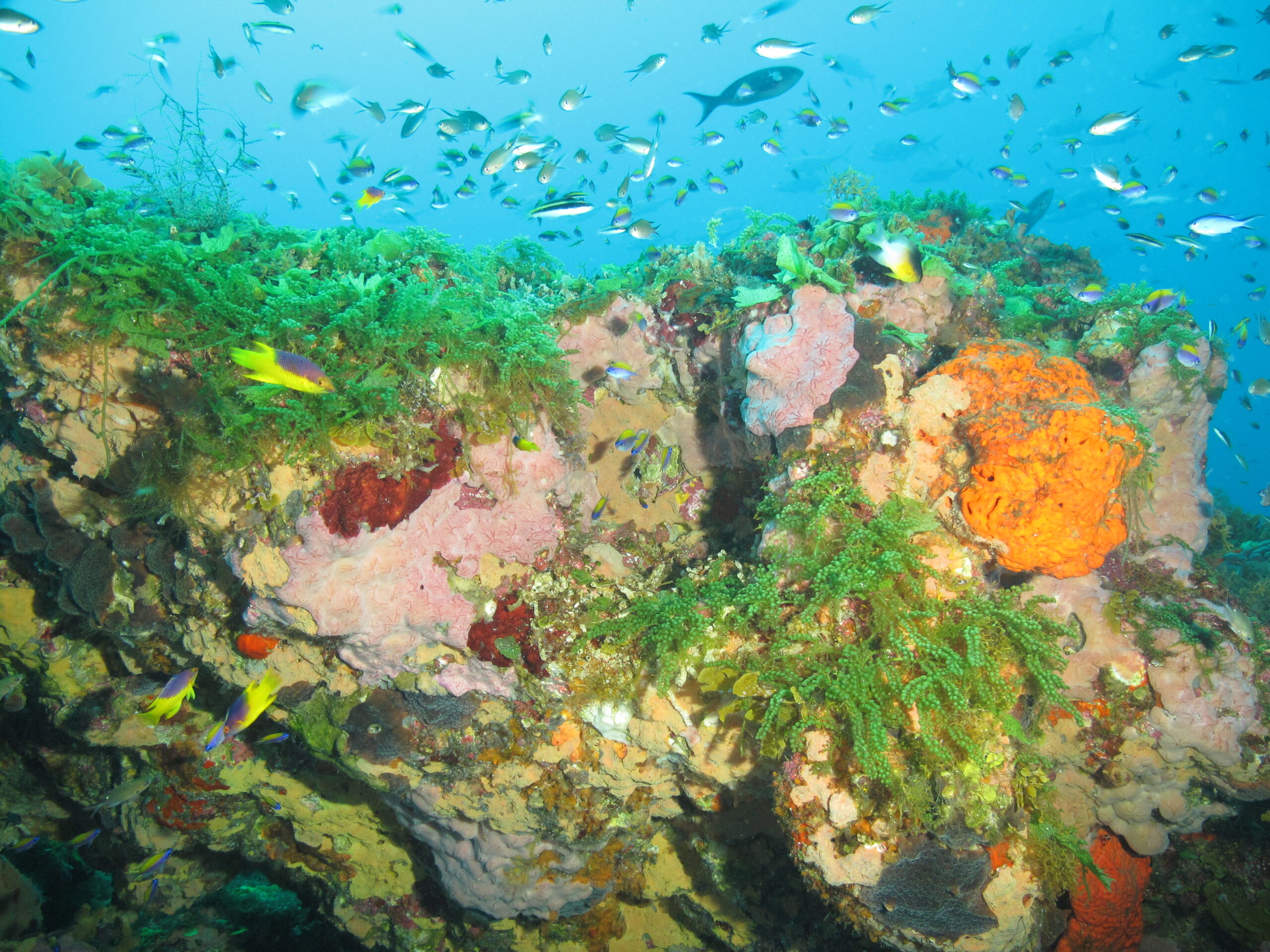For Immediate Release, June 24, 2020
Contact
Todd Steiner, Executive Director, tsteiner@seaturtles.org, 415-488-7652
Joanie Steinhaus, Gulf Program Director, joanie@seaturtles.org, 512-417-7741
75 Percent of Public Comments to NOAA Plan for Flower Garden Banks National Marine Sanctuary Support Expansion
Proposal represents smallest expansion despite public favoring greatest
GALVESTON, Texas — As NOAA accepts public input on a proposal to expand Flower Garden Banks National Marine Sanctuary, data from the initial public review of the Draft Environmental Impact Statement (DEIS) in 2016 reveals almost 75% of the 8,491 comments favored expansion. Despite this, NOAA reduced the size of the expansion areas proposed in the 2016 DEIS preferred alternative to “minimize user conflicts and potential economic impacts to the offshore energy industry.”
The preferred alternative from the DEIS would have added 15 banks containing deep sea corals to the sanctuary, for a total of 18 banks, and resulted in an increase of the sanctuary area from 56 square miles to approximately 383 square miles. Instead, the expansion will only increase the sanctuary size to approximately 160 square miles — representing less than 17% of the largest proposed rule which would have encompassed 935 square miles. This largest expansion, Alternative 5, was supported by more than 53% of individuals who submitted comments in 2016, and was cited by the government’s own data as representing “the environmentally preferable alternative under this analysis.”
Many of the proposed boundaries are closely aligned to already existing No Activity Zones established by the Bureau of Ocean Energy Management, the agency that regulates oil and gas exploration and production activities. Oil and gas interests have given up 0.0002% of their known reserves for the smallest expansion. The final NOAA plan will determine the future of seismic surveys, oil and gas leases, fishing and wildlife in this marine sanctuary for decades to come.
“Bowing to oil and gas by allowing smaller boundaries is not how we should protect a marine area of national significance,” said Gulf Program Director Joanie Steinhaus. “This smaller expansion will allow for oil and gas activities closer to the reefs and expose marine wildlife to potential impacts from oil spills.”
Sanctuary formations provide the foundation for essential habitat for a variety of species, including sea turtles, sharks and other important marine wildlife. These reefs play important ecological roles in the deep sea, offering feeding grounds, nurseries, and shelter for fish, crabs, lobsters, and many other marine animals.
“The American people have spoken and they want greater protection for the Gulf of Mexico and the myriad endangered species like sea turtles, whales and dolphins found here, said Executive Director Todd Steiner. “We will continue the fight to reduce these threats and secure a healthy future for marine life and future generations.”
The public is invited to comment on the changes to the proposed boundaries through July 3. Those comments will be used to develop a final environmental impact statement and final rule, which will then be available for public review.
 Table and photos are available for the media to use.
Table and photos are available for the media to use.
Turtle Island Restoration Network is a global ocean conservation nonprofit that works to protect and restore populations of endangered sea turtles and marine biodiversity on the Texas coast and throughout the Gulf of Mexico. Learn more at www.seaturtles.org/gulf.
###




